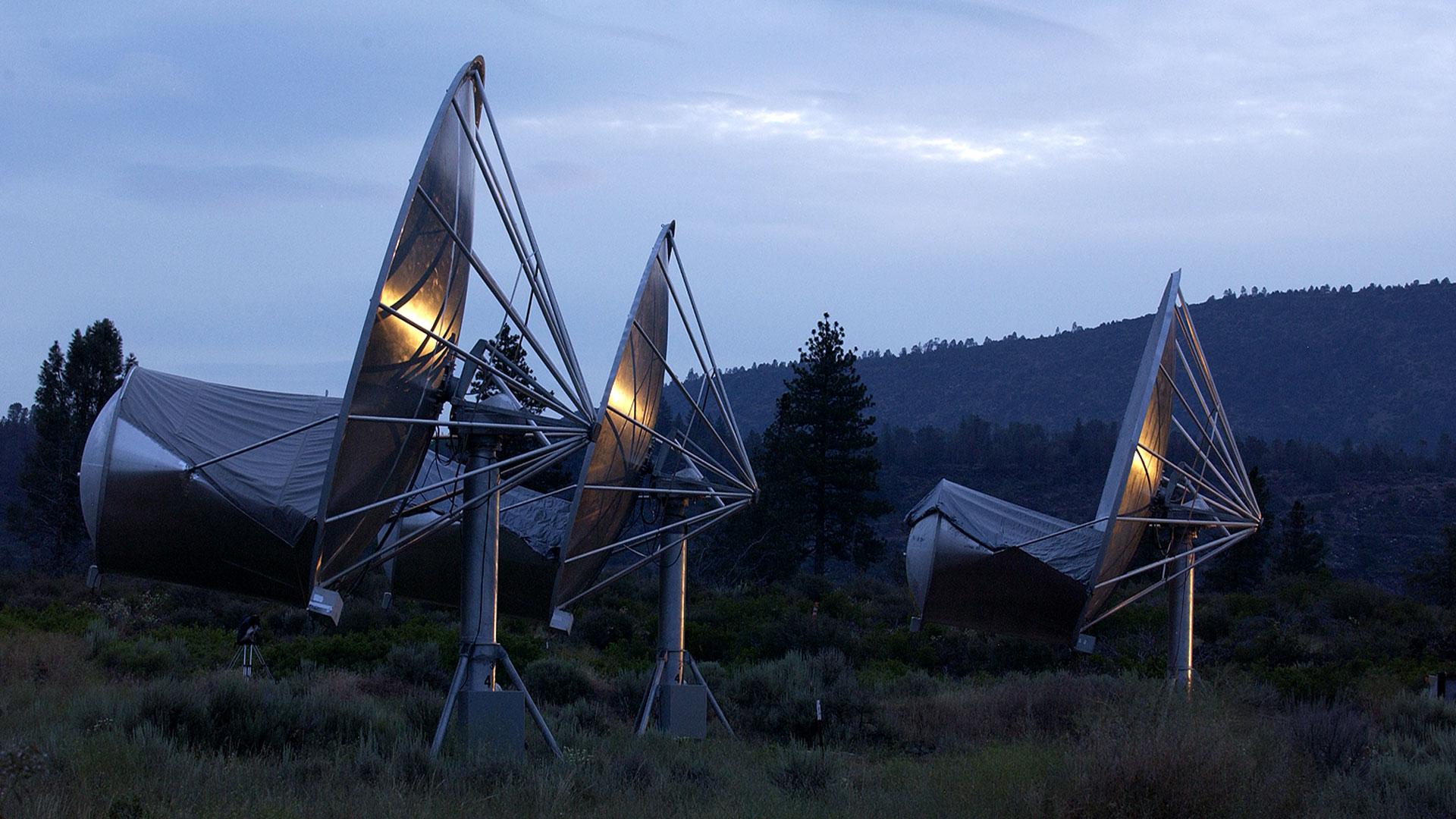
By Seth Shostak, Senior Astronomer
You may have heard – or read – that the popular crowdsourcing screen saver, SETI@home, is taking a break. After more than two decades of distributing data collected as part of the University of California, Berkeley SETI effort, SETI@home will stop sending new data packets to its approximately 90,000 users.
Does this mean that our hunt for cosmic companions is now on hold?
Of course not. The screen saver was used to analyze data, not collect it. The observations processed by SETI@home users are only about two percent of the total data accumulated by the Breakthrough team. The rest are processed using computers at the University, and that will continue, of course.
The SETI Institute, which for more than a decade has conducted its SETI experiments using the Allen Telescope Array, has always tried to analyze observations in real time. In other words, within a few minutes of data being taken, they are sifted by on-site hardware and software. If an interesting (which is to say, possibly extraterrestrial) signal is found, the target is re-observed immediately.
This approach minimizes the chance that an intermittent signal is missed. After all, it’s possible that the extraterrestrials might broadcast in our direction for only a short amount of time before swinging their transmitting antenna elsewhere. Obviously, the chances for a detection are maximized if you can pounce on any suspect signal right away. For this reason, an off-line analysis system such as SETI@home was not deemed optimal for the SETI Institute’s programs at the Allen Telescope Array.
But while the Berkeley team has hit the pause button on SETI@home, neither their research nor that of the SETI Institute has been stayed. There are technical improvements being made to the Allen Telescope Array receivers that will double their sensitivity in some frequency bands. If you have twice the sensitivity, then the number of star systems that you can detect (at any given power level) is increased by about a factor of three. That’s real improvement.
There is also an initiative underway to use the Very Large Array in New Mexico for what are called “commensal” observations – using the 27 antennas of the VLA to hunt for SETI signals at the same time the instrument is under control of radio astronomers doing other research. This is similar to the way that large particle accelerators have multiple instruments to run multiple experiments simultaneously.
SETI@home’s familiar screen display may be seen less often now, but our hunt for other intelligence in the galaxy – an endeavor made possible by your support – is more vigorous than ever.





